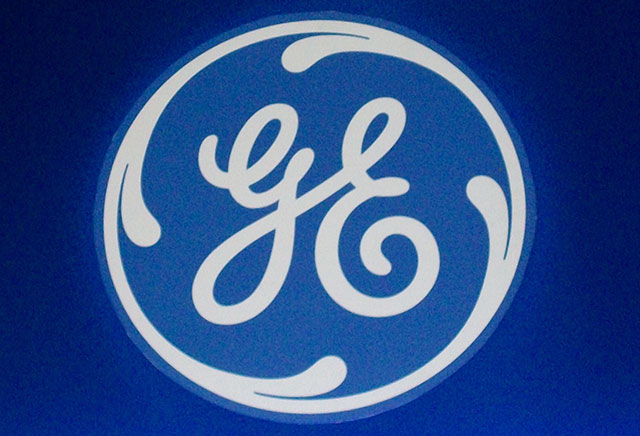Toshiba and General Electric (GE) are planning to create a domestic supply chain for offshore wind power equipment. This partnership comes as Japan intensifies its efforts to expand renewable energy sources and achieve its zero-carbon goals.
Japan has set ambitious targets for its offshore wind power market, with plans to install up to 10 gigawatts (GW) of offshore wind capacity by 2030 and up to 45 GW by 2040. These targets are part of the government’s broader decarbonization initiatives to reduce reliance on fossil fuels and combat climate change.
According to a report by Nikkei, the collaboration between Toshiba and GE aims to establish a supply chain that will involve approximately 100 small and medium-sized companies. These companies will focus on manufacturing equipment required for offshore wind projects, aligning with the areas designated for capacity installation.
Toshiba plans to commence production in 2026, with the goal of supporting Japan’s growing offshore wind industry. This move follows a strategic partnership between Toshiba and GE in 2021, in which GE’s Haliade-X offshore wind turbines will be localized for manufacturing in Japan. The intention behind this localization is to enhance the competitiveness of GE’s technology in Japan’s offshore wind auctions.
As part of the partnership, GE will manufacture a total of 134 wind turbines, each with a capacity of 13 megawatts (MW), for three offshore wind projects that were won by Mitsubishi-led consortiums in the first round. Toshiba will then undertake the assembly process, as confirmed by the Japan Wind Power Association.
The results of the second round of offshore wind power tenders, which invited bids for the construction of 1.8 GW of capacity across four areas, are yet to be announced by the government. However, the collaboration between Toshiba and GE signifies the growing momentum in Japan’s renewable energy sector and the increasing investment in offshore wind power.
With these joint efforts, Japan is taking significant strides towards achieving its renewable energy targets and driving the transition to a more sustainable and environmentally friendly power generation system.

